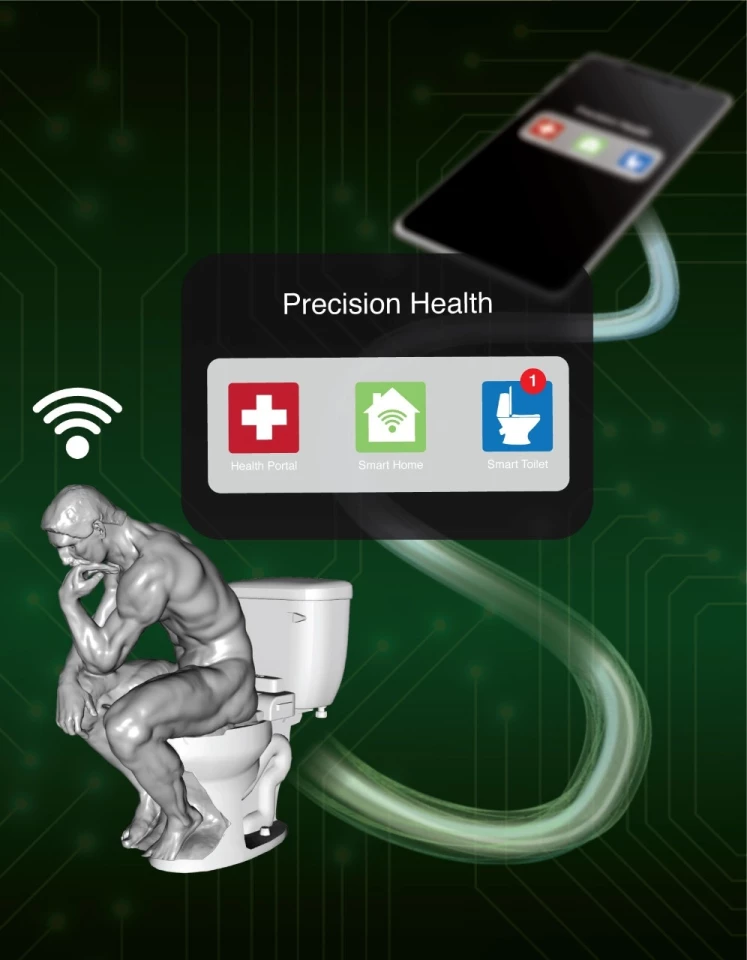Human urine and excrement can store all kinds of useful information about our health and wellbeing, and scientists are pursuing some interesting technologies that could help us unlock it. Among them is a team at Stanford University, who have demonstrated a new type of “smart toilet” that automatically scans urine and stool samples for signs of disease.
Previous research has entertained the idea of using smart toilets or smart toilet paper that profiles stool samples to reveal its contents. This could offer a better understanding of the bacteria that lives inside our gut, while other sewerage sampling techniques could even offer early snapshots of disease outbreaks on a community-wide level, including COVID-19.
The Stanford smart toilet has actually been in the works for a long time, with researchers led by Sanjiv Gambhir now demonstrating its worth through a pilot study involving 21 subjects.
“Our concept dates back well over 15 years,” said Gambhir, professor and chair of radiology at Stanford. “When I’d bring it up, people would sort of laugh because it seemed like an interesting idea, but also a bit odd.”
The technology is designed to be retrofitted to existing toilets, with the researchers likening it to a bidet that can be mounted to the bowl. This attachment packs a camera that captures video of urine and feces, which is then processed by algorithms to assess the physical characteristics.
According to the team, these algorithms can analyze the urodynamics of the urine sample. This means it assesses the flow rate, stream time and volume to distinguish healthy samples from unhealthy ones, while similar conclusions can be drawn by analyzing the consistency of the stool samples.
In addition, the smart toilet deploys uranalysis strips to scan the urine samples for molecular features. Gambhir says in its current form the smart toilet can track 10 different biomarkers, including white blood cell count and the levels of certain proteins that can be indicative of a range of diseases, including kidney failure, infection or bladder cancer.
The team demonstrated these capabilities through their pilot study involving 21 participants, who tested out the toilet over several months. Because the objective is to offer personalized health monitoring, the team integrated a rather interesting identification system whereby a small scanner images the user’s anus to match them to their specific data.
“We know it seems weird, but as it turns out, your anal print is unique,” Gambhir said.

With further development, the team imagines that the toilet could work with an app to securely pass on data to the user’s doctor when something seems awry. It hopes to continue improving on the smart toilet, beginning with larger studies involving more participants and integrating new features that allow for personalized testing features, such as glucose-monitoring for diabetics. Incorporating molecular analysis for the stool samples is another objective.
“That’s a bit trickier, but we’re working toward it,” Gambhir said. “The smart toilet is the perfect way to harness a source of data that’s typically ignored — and the user doesn’t have to do anything differently.”
The research was published in the journal Nature Biomedical Engineering.
Source: Stanford University





